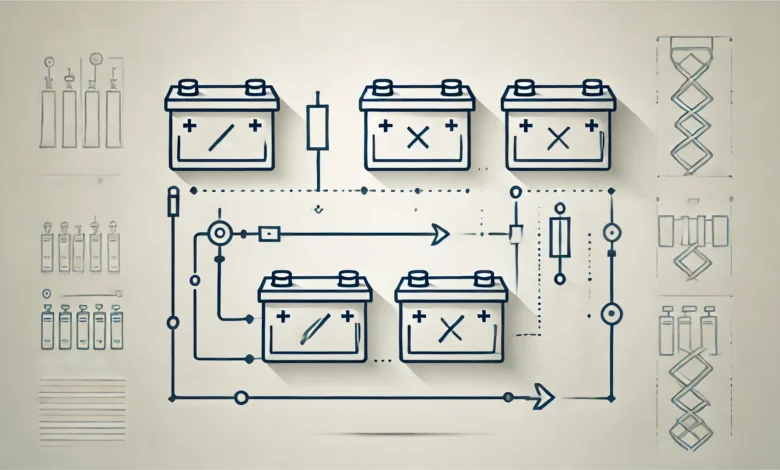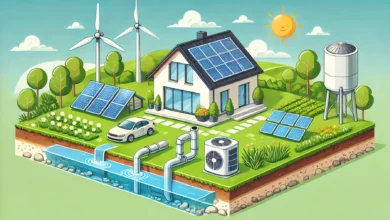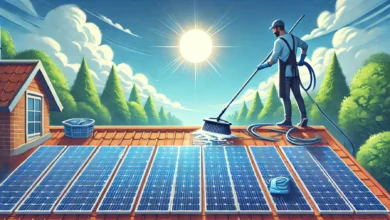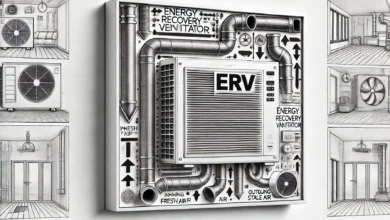How To Connect Batteries In Series & Parallel

Knowing how to connect batteries, either in series or parallel, is critical in developing systems for energy storage devices. Whether you are setting up an off-grid solar system, creating an RV power system, or developing a backup system, understanding how series and parallel connections work and how to connect them will save you time, money, and frustration. Let us review some of the fundamentals.
Contents
What does connecting batteries in series mean?
When connecting batteries in series, you are connecting one battery end to the other, effectively connecting the positive terminal to the negative terminal of the next battery. Series connections are used to add battery voltage together but not increase amp-hour (Ah) capacity.
How to connect batteries in series
- Connect the positive terminal of the first battery to the negative terminal of the second battery.
- If you have more than two batteries, repeat this process.
- The usable voltage will be the total of all of the batteries’ voltages (both positive and negative), while Ah capacity remains unchanged.
Example: Two – 12V 100Ah batteries connected in series will yield 24V 100Ah.
What does connecting batteries in parallel mean?
When connecting batteries in parallel, you are connecting all of the batteries’ positive terminals together and all of the negative terminals together. Parallel connections are used to increase total capacity (amp-hours) without changing voltage.
How to connect batteries in parallel
- Connect the positive terminal of one battery to the positive terminal of the other battery.
- Connect the negative terminal of one battery to the negative terminal of the other battery.
- Now the voltage stays the same, but the amp-hour capacity goes up since we are adding the Ah rating of each battery together.
Example: Two 12V 100Ah batteries that are connected in parallel will still produce 12V but now we have 200Ah total.
Series vs. Parallel Battery Connection: Important Differences
| Aspect | Series Connection | Parallel Connection |
|---|---|---|
| Voltage | Increases (sum of all voltages) | Same |
| Capacity (Ah) | Remains the same | Increases (sum of all capacities) |
| Usage | Higher voltage applications | Longer runtime at same voltage |
| Failure Risk | A single battery failure can affect the whole system | A single battery failure affects the whole system less severely |
| Typical Applications | Inverters, larger power tools, electric vehicles | Solar systems, RVs, battery backup systems |
Real World Applications of Series and Parallel Connections
- Solar Systems: In off-grid installations, you will often find batteries connected in a series to reach the inverter input voltage.
- Recreational Vehicles (RVs): Batteries are often connected in parallel to maximize battery lifespan while maintaining the 12V system.
- Off-Grid Cabins: You will often find that a series and parallel (series-parallel connections) configuration is used to optimize the system voltage and capacity.
Battery Connection Safety Tips
- Always use identical batteries: Same brand, capacity, and age for best performance.
- Use proper cabling: Heavy duty batteries with the appropriate cabling to avoid voltage loss and the risk of overheating.
- Use fuses: A fuse between battery banks can prevent catastrophic failure.
- Double check polarity: Wrong connection can create sparks, fire or destroy your batteries.
Frequently Asked Questions (FAQ)
Can I connect batteries of different voltages together?
No, batteries should always be the same voltage when connected together in series or parallel; otherwise you risk damage to your batteries as well as an unbalanced connection.
What happens if I connect my batteries together incorrectly?
Bad connections can cause overheating, fire or permanent battery damage. Always double check backwards and forwards before making a final decision.
Can you connect batteries in a series and a parallel?
Yes. This is referred to as a series-parallel connection where you can increase the voltage and capacity, but you must do so carefully.
How many batteries can I connect in series?
There is no maximum amount, however the practical system would be 2 to 4 batteries. Always ensure that the system voltage matches the inverter or device you are using.
Is it better to connect in series or parallel for solar systems?
It depends. In general, series connections are better for higher voltage systems, while parallel connections will provide more capacity and redundancy for residential systems. Learn more about solar system sizing.
Understanding how to connect batteries in series or parallel will enable you to design effective and safe energy systems. Whether you are applying a small solar set up or developing an off-grid cabin approaches, you will find that your method of connection will effect the performance and longevity of all of your systems. Take the time to plan — your future self will thank you!



